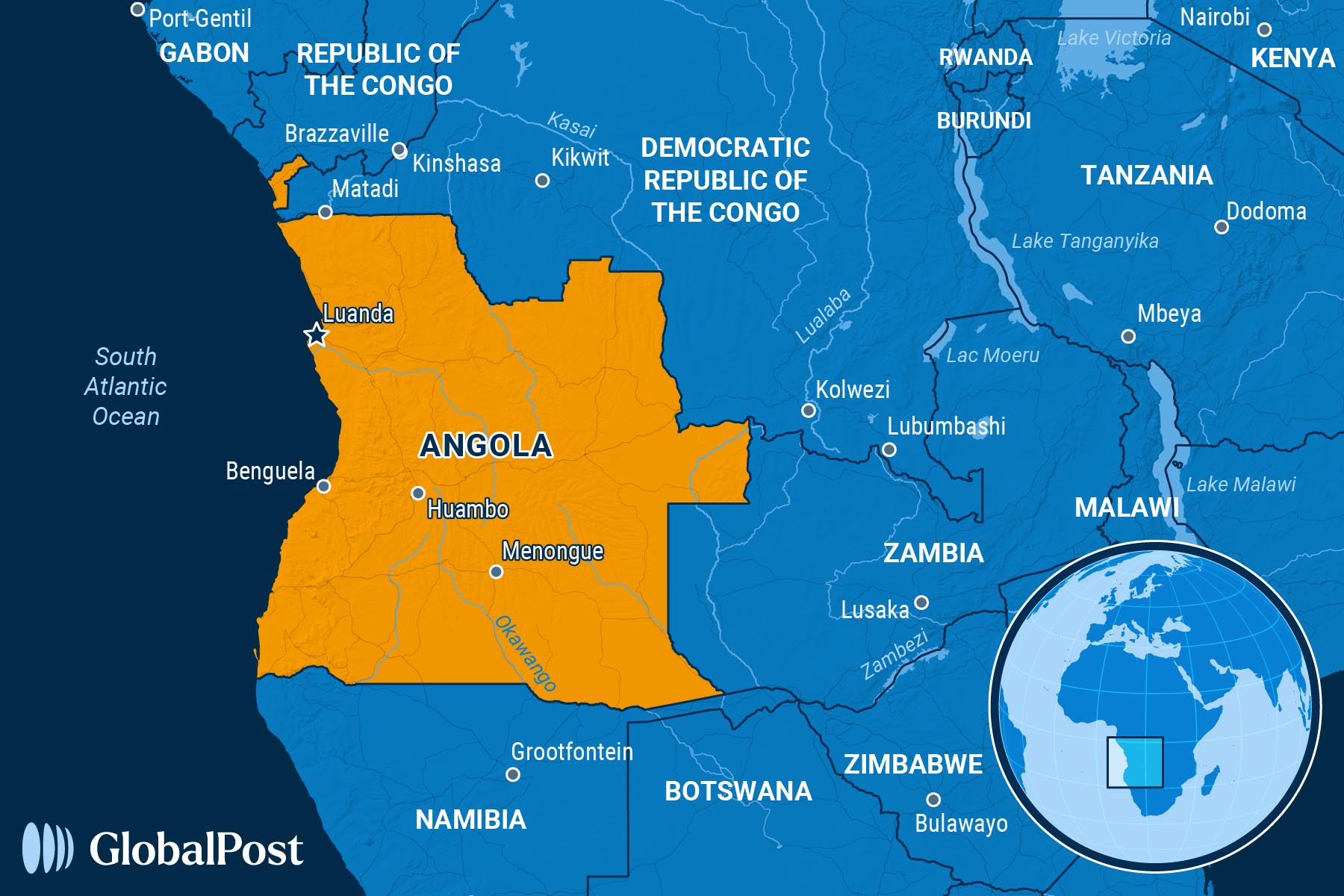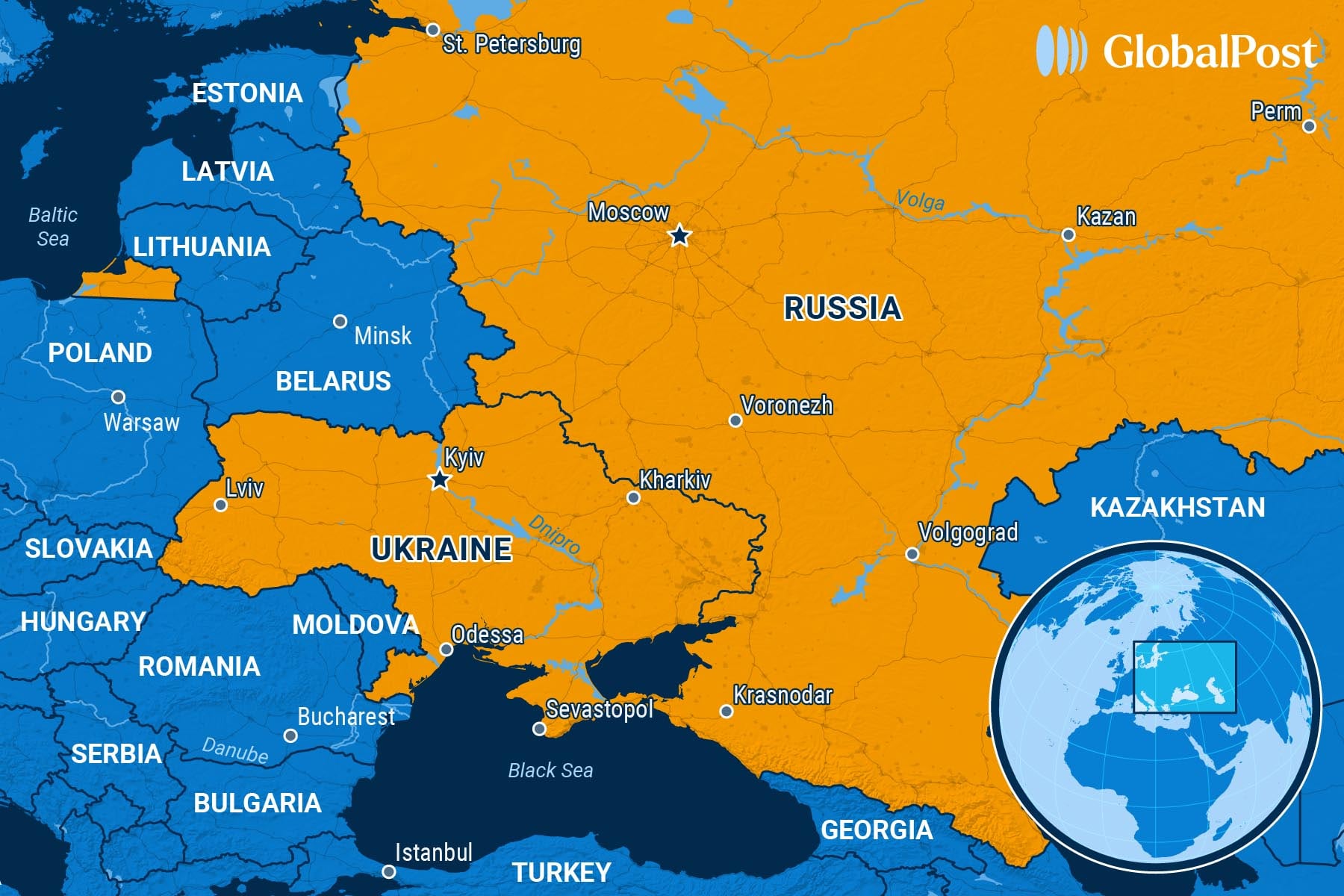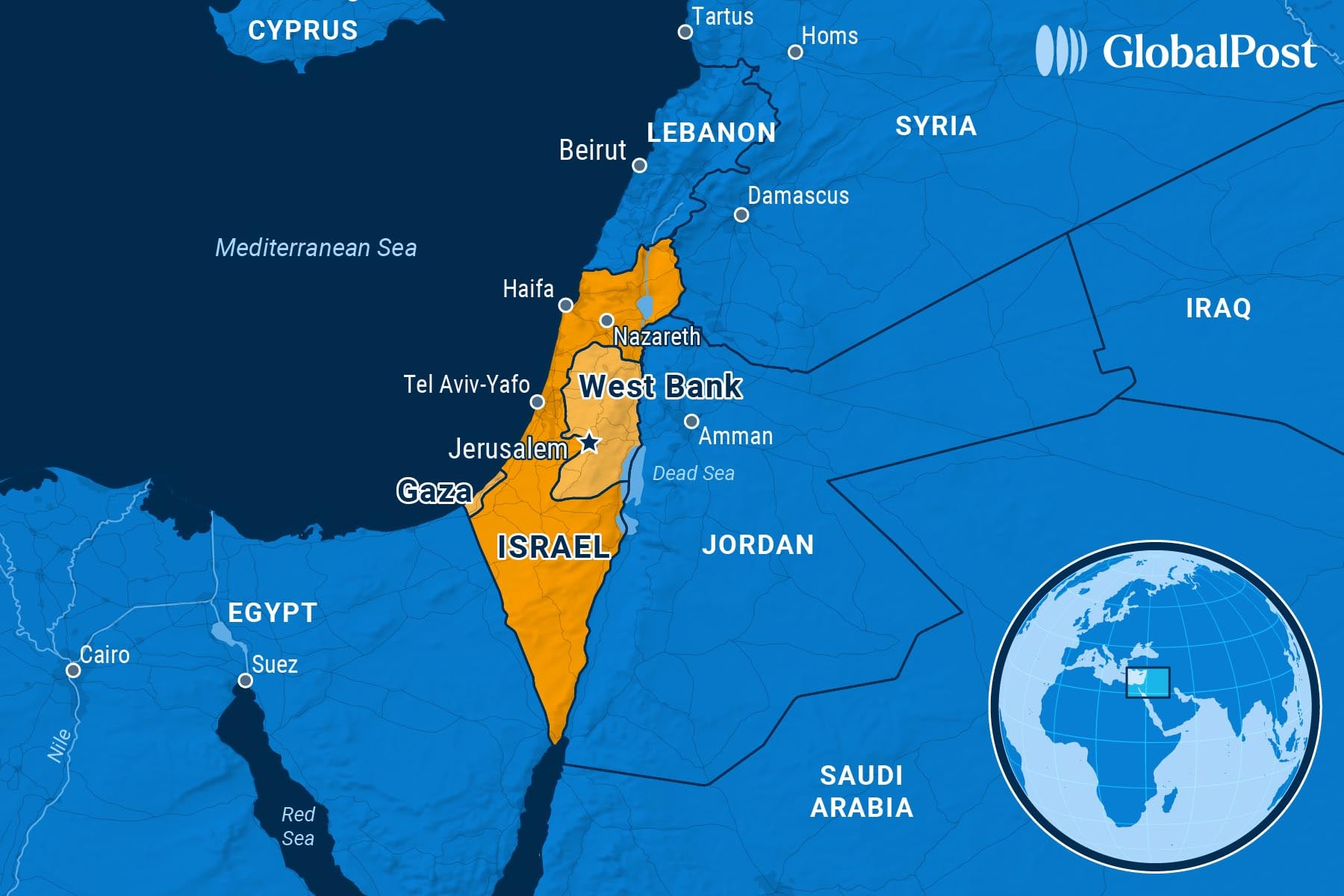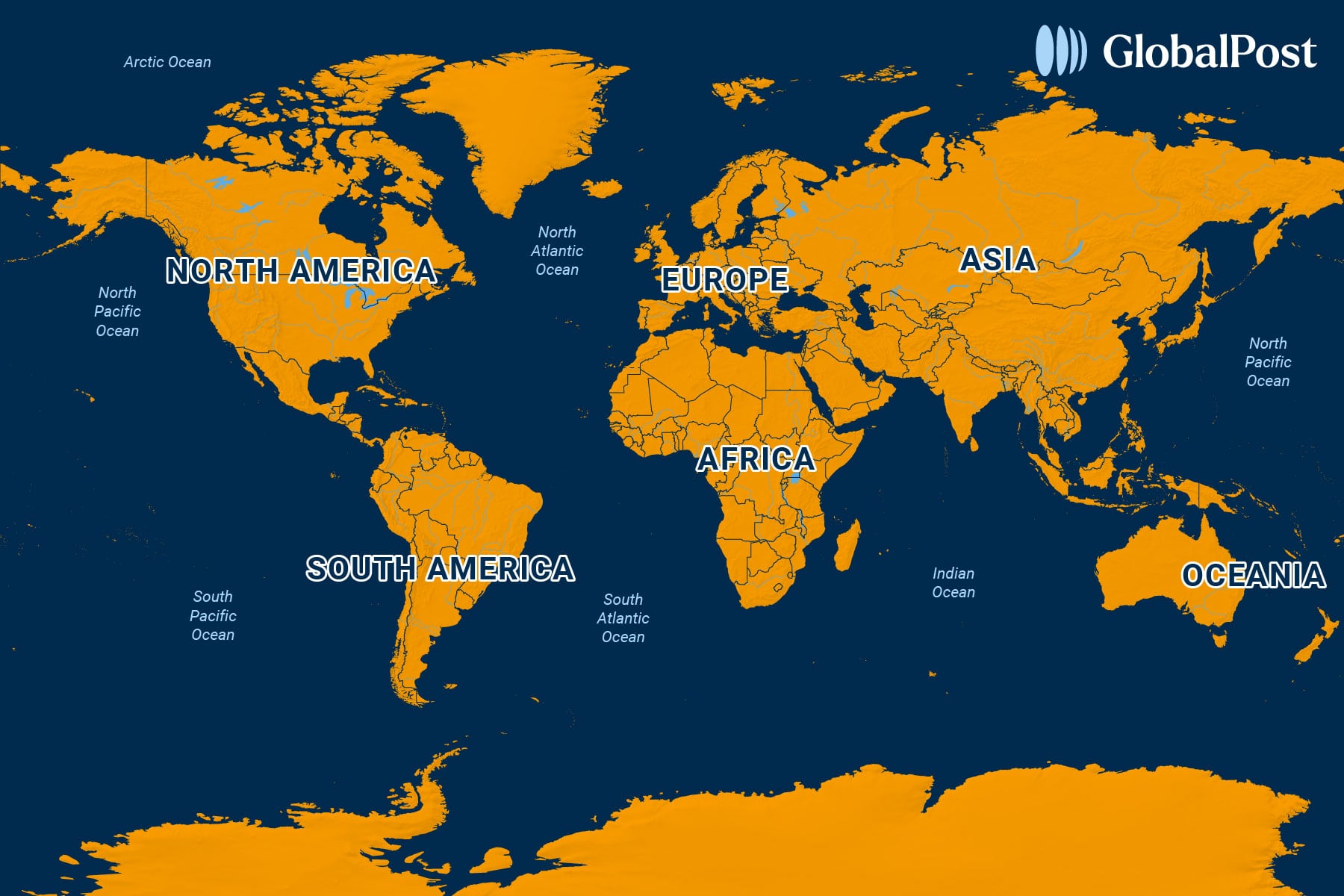Nothing to Lose: Frustrated Angolans Say They Will Continue Protests Despite Crackdowns
NEED TO KNOW
Nothing to Lose: Frustrated Angolans Say They Will Continue Protests Despite Crackdowns
ANGOLA
 A few weeks ago, the National Association of Taxi Drivers of Angola called a strike to protest a 33 percent increase in the price of fuel in the capital city of Luanda.
A few weeks ago, the National Association of Taxi Drivers of Angola called a strike to protest a 33 percent increase in the price of fuel in the capital city of Luanda.
The local police department, however, banned the strike, calling it a rebellion.
The strike morphed into a popular uprising in Angola, one of Africa’s leading oil producers. Thousands of people hit the streets in cities across the country for three days to protest the ban, the petrol price increase, and the rising cost of living.
“The fuel price issue is just the last straw that has reignited widespread public discontent,” Laura Macedo, who was participating in the protests, told the BBC. “Hunger is rife. People are fed up.”
There were violent clashes between protesters and police, who used live ammunition and accused the strike leaders of terrorism. When the violence was over, dozens lay dead, hundreds more were injured, and more than 1,000 had been jailed.
Analysts say such events are routine for Angola, which has been ruled with an iron fist by the People’s Movement for the Liberation of Angola (MPLA) party since the country gained independence from Portugal in 1975.
But many Angolans are tired of the situation now, say observers.
“The protesters are frustrated not only by the fuel hike, but also …the perceived indifference of the government to the struggles of everyday Angolans,” wrote Deutsche Welle.
The government says the petrol price hike is necessary: Subsidies for fuel account for about 4 percent of gross domestic product (GDP), and debt exceeds 60 percent of GDP.
It adds that the crackdown was justified because of the looting and vandalism that occurred during the protests, calling the unrest “unpatriotic” and a threat to “unity, reconciliation, peace and progress.”
But observers say almost all protests, no matter how peaceful, elicit harsh responses.
For example, earlier this year, the Angolan Student Movement took to the streets to demand more investment in public education and improved conditions for teachers and students. Police responded with violence and arrested at least 50 students and three journalists covering the protest.
A protest in early July against the rise in fuel prices and the elimination of subsidies for public transportation was also met with excessive force, wrote Human Rights Watch.
Desperate conditions in Angola mean that protesters are going to keep coming back, say analysts.
The capital may be full of gleaming skyscrapers and colonial architecture, but that shiny exterior hides grim statistics. Despite its oil-rich soil, Angola’s minimum monthly wage is under $76, one of the lowest globally. The average person earns $200 a month, and more than 80 percent of those with jobs work in the informal sector.
Meanwhile, the unemployment rate among 15-24 years old is 54 percent.
As a result, the MPLA has sunk deeply in the polls.
President João Lourenço came to power after a disputed election in 2017, replacing José Eduardo dos Santos, who ran the country for 38 years. Lourenço promised to reform the economy, restore democracy, and crack down on corruption. But midway through his second and final term, he hasn’t delivered, observers say.
Instead, the opposition has made gains, with the National Union for the Total Independence of Angola (UNITA) winning the capital in the 2022 elections and the MPLA just barely squeezing out a majority nationwide.
Now some worry that the protests will continue and become more violent, eliciting harsher crackdowns and threatening the stability of the country.
“A greater use of force won’t stop future protests,” David Boio, a sociology professor in the central Angolan city of Huambo told Bloomberg. “These young people have nothing to lose.”
THE WORLD, BRIEFLY
Trump-Putin Summit Ends Without Ukraine Ceasefire Deal
UKRAINE / RUSSIA
 US President Donald Trump and Russian President Vladimir Putin left Alaska over the weekend without securing a ceasefire deal in Ukraine, prompting mixed reactions from Europe, Kyiv, and Russia. Analysts say that Putin emerged from the meeting with valuable political capital, the BBC reported.
US President Donald Trump and Russian President Vladimir Putin left Alaska over the weekend without securing a ceasefire deal in Ukraine, prompting mixed reactions from Europe, Kyiv, and Russia. Analysts say that Putin emerged from the meeting with valuable political capital, the BBC reported.
After Friday’s summit at the Joint Base Elmendorf-Richardson near Anchorage, both leaders delivered brief remarks under a banner reading “pursuing peace” and refused to take questions. Trump said they made “some great progress” but admitted that “there’s no deal until there’s a deal.”
That came as a disappointment to those who had hoped Trump would negotiate a ceasefire following a virtual meeting with European leaders and Ukraine days before Friday’s summit.
Observers noted that Trump shifted from pushing for an immediate ceasefire to seeking a permanent peace deal following the Alaska meeting – a formulation that’s closer to Russia’s position. He later said the “best way” forward was a peace agreement rather than a fragile ceasefire.
In Kyiv, some citizens expressed frustration at the red-carpet welcome Putin was offered, while others voiced relief that no territorial “deal” was struck. Ukrainian President Volodymyr Zelenskyy said Russia’s refusal to halt fighting “complicates the situation.”
Meanwhile, European leaders reacted cautiously, according to the Hill.
European Union foreign policy chief Kaja Kallas called Trump’s effort “vital” but warned Moscow had no intention of ending the war “anytime soon.” German Chancellor Friedrich Merz said Europe and the US must be prepared to “increase the pressure” if Russia refuses concessions, while NATO Secretary General Mark Rutte stressed that Ukraine’s sovereignty and territorial integrity must remain central.
Trump discussed the exchange on a call with Zelenskyy and EU leaders Saturday and expressed his openness to offering US security guarantees to Ukraine. Officials familiar with the matter said the US President claimed that Putin will not cease attacks while peace talks are underway. However, the Russian leader said he would be willing to accept Western security forces in Ukraine as part of a potential peace deal.
Zelenskyy and other European leaders will meet Trump on Monday in Washington, where discussions will focus on territorial issues, security guarantees, and continued support for Ukraine, NBC News added.
For Russia, the talks looked like a victory. On his first visit to US soil since 2015, Putin used the summit to press his demands, which include that Kyiv cede territory in Donetsk and Luhansk, while framing Europe and Ukraine as obstacles to peace.
He later remarked to his officials in Moscow that the talks had allowed Russia to “calmly and in detail” restate its position, noted the Wall Street Journal.
Moscow-based analyst Andrey Kolesnikov told the Journal that Putin “achieved exactly what he wanted: He preserved his relationship with Trump, avoided additional sanctions, and received the blessing to continue his war.”
Others warned warned the optics benefited Putin more than Trump, with BBC correspondents cautioning that the meeting “dents Trump’s reputation as a dealmaker” and leaves Washington’s allies uncertain whether US threats of “severe consequences” to Russia will materialize.
Families of Israeli Hostages Lead Protests Calling For End of Gaza War
ISRAEL / WEST BANK & GAZA
 Israel faced mounting domestic and international pressure Sunday as families of hostages held in Gaza spearheaded nationwide protests demanding their release and an end to the nearly two-year-long war, even as Prime Minister Benjamin Netanyahu presses ahead with plans for a new offensive to seize Gaza City, the Wall Street Journal reported.
Israel faced mounting domestic and international pressure Sunday as families of hostages held in Gaza spearheaded nationwide protests demanding their release and an end to the nearly two-year-long war, even as Prime Minister Benjamin Netanyahu presses ahead with plans for a new offensive to seize Gaza City, the Wall Street Journal reported.
Demonstrators blocked highways and staged rallies in more than 300 locations across Israel, with organizers saying hundreds of thousands were expected to join. Major universities, municipalities, and a number of tech companies shut down for the day in solidarity.
Families of the roughly 50 hostages still held by Hamas – about 20 of whom are believed to be alive – warned that Netanyahu’s push to expand the war threatened the hostages’ survival and accused the prime minister of choosing “a death sentence for the hostages.”
Polls show nearly 80 percent of Israelis favor ending the war in exchange for the captives’ release.
The protests come after Netanyahu announced earlier this month that Israel is planning to take over Gaza City, where hundreds of thousands of Palestinians remain under heavy bombardment and where some Israeli hostages are believed to be held.
Despite domestic and international criticism, far-right members of Netanyahu’s coalition oppose ending the conflict and criticized Sunday’s demonstrations.
Critics have accused the prime minister of prolonging the fighting for political survival – a claim he dismisses.
Meanwhile, the Israeli military announced Saturday it would begin transferring tents and shelter equipment into Gaza to facilitate the relocation of civilians from Gaza City to the south, according to the Guardian.
Officials said the idea is to shepherd the civilians to safety before a new offensive begins. However, the United Nations voiced concern that the move would intensify their suffering, while human rights groups warned that Israel’s strategy amounts to ethnic cleansing.
Hamas also criticized Israel’s relocation plan as a “new wave of genocide and displacement” disguised as humanitarian relief, while Islamic Jihad called it a “blatant mockery of international conventions,” Reuters wrote.
The Israeli government has denied the claims.
The war in Gaza began on Oct. 7, 2023, when Hamas and its allies launched an attack in southern Israel, killing around 1,200 people and taking more than 250 hostages. Israel’s response has killed more than 61,000 Palestinians, according to Gaza health authorities, and devastated the enclave’s infrastructure.
International Talks to Reach Agreement in Tackling Plastic Pollution Collapse
WORLD
 Global negotiations in Switzerland to finalize the world’s first legally binding treaty on plastic pollution collapsed Friday without an agreement, Al Jazeera reported.
Global negotiations in Switzerland to finalize the world’s first legally binding treaty on plastic pollution collapsed Friday without an agreement, Al Jazeera reported.
Deep divisions between oil-producing nations and countries pushing for curbs on plastic production left delegates unable to move forward after 10 days of talks.
More than 1,000 delegates from at least 180 countries met at the United Nations headquarters in Geneva last week for the sixth round of Intergovernmental Negotiating Committee (INC) talks since 2022.
However, participants failed to reach consensus on two proposed treaty drafts by Thursday, even as talks extended into the early hours of Friday.
The main point of contention was whether the treaty should impose legally binding caps on plastic production and phase out toxic chemicals, as demanded by more than 100 nations in the High Ambition Coalition, which included the European Union, the United Kingdom, Canada, and many African and Latin American states.
The opposing camp, the Like-Minded Group of oil producers led by Saudi Arabia, Russia, Iran, Kuwait, and Malaysia, countered that the treaty should focus on recycling, reuse, and waste management rather than restricting production, CNN wrote.
The failure to reach a deal was met with disappointment. France’s Ecological Transition Minister Agnès Pannier-Runacher, for example, said she was “angry” that a handful of states driven by “short-term financial interests” blocked progress.
The Pacific nation of Palau said it was “unjust” for vulnerable states to face the brunt of a crisis that they have played little role in causing. South Africa and Cuba expressed similar regret, with Havana calling the failure a “missed historic opportunity.”
Environmental groups also denounced the outcome and accused fossil fuel interests of undermining the talks.
Despite the collapse, the EU signaled that the latest draft could still serve as a basis for future discussions. No date has yet been set for a seventh round of negotiations.
Plastic production has soared to more than 500 million tons annually and could rise by 70 percent by 2040 without new policies, according to data from the Organization for Economic Co-operation and Development.
Less than 10 percent of plastic is recycled, while the rest is incinerated, buried in landfills or allowed to pollute oceans and rivers.
Scientists have warned that plastics degrade into microplastics, which are linked to health problems ranging from asthma and heart disease to reproductive issues.
DISCOVERIES
Crab Fight
It’s not pretty when male fiddler crabs engage in a claw-snapping brawl during mating season.
They wave their big claws outside their burrows to woo females. Those with bigger claws – and those who wave them faster – tend to get the girl.
Scientists have long observed this phenomenon. But what they didn’t understand was how these crustaceans – known for their oversized claws – adjust their flashy claw-waving displays in the face of competition.
“We know many animals adjust their sexual displays if rivals are nearby, but less is known about how they react to the actual displays themselves,” Joe Wilde, lead author of a new study, explained in a statement.
For their study, Wilde and his colleagues from the University of Exeter in the United Kingdom developed a 3D-printed, Bluetooth-controlled robot crab nicknamed “Wavy Dave” and sent him to the mudflats of Portugal’s Ria Formosa Natural Park to mingle with male fiddler crabs during mating season.
Wavy Dave was set up roughly a foot from the burrows of male crabs, while cameras recorded the interaction between the crabs and the robot.
When the robot waved, real males waved for longer and were less likely to retreat – especially when Dave’s claw was small. But when the bot sported a larger claw, most males backed off, possibly to avoid a fight they’d likely lose.
While the crustaceans initially seemed wary, however, they quickly puffed up when the ladies complained about Wavy Dave.
“The females realized he was a bit odd, and some of the males tried to fight him,” said Wilde. “One male broke Wavy Dave by pulling off his claw. We had to abandon that trial and reboot the robot.”
The findings showed that the crabs tailor their behavior to the perceived level of competition, offering new insight into how subtle and strategic animal courtship can be, according to Futurism.
“Our findings reveal the subtle ways in which these crabs adjust their behavior to compete in a dynamic environment, investing more in signaling when it is likely to be most profitable,” added Wilde.
